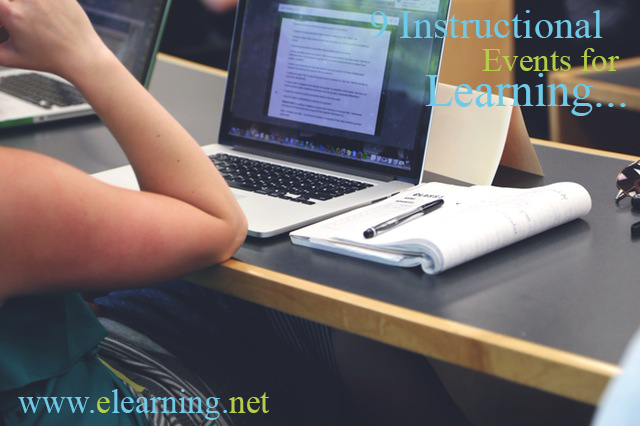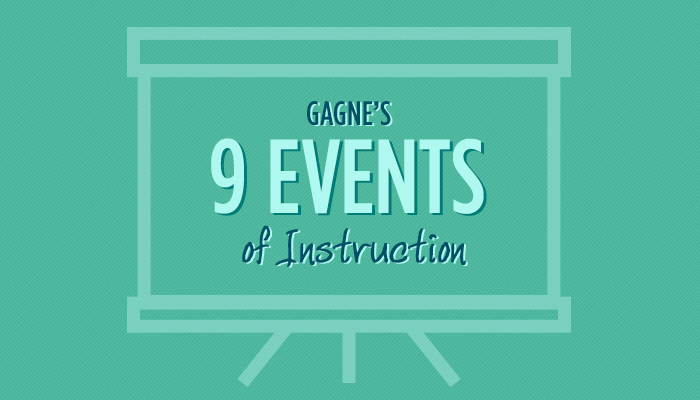
It’s no secret that in order for learning to take place the appropriate mental state is necessary. Course designers can assist eLearners in reaching this state by using Dr. Robert Gagne’s nine instructional events for learning. In 1965 Dr. Gagne, an educational psychologist, compiled this list that has proven over the years to be successful in increasing learner engagement and knowledge retention. instructional design
Designers can incorporate these nine sequential events to help develop a more successful eLearning course.
1. Introductions Count instructional design
Gaining the attention of the learner signals that new information is about to be presented. Effective introductions include personal stories, analogies, dilemmas or controversies, questions, or short videos or audios. By selecting a thought-provoking introduction, learners become immediately curious and engaged.
2. Outline Course Objectives
Learners want to know what is expected of them. By presenting the course objective in the beginning and explaining what will be required, participants can focus forward without wondering what is to come.
Describe the detailed objectives, the guidelines for the course, the assessments required, and what is necessary for successful completion of the course.
3. Connections with Prior Knowledge
Tying new information to old information allows learners to build a meaningful connection between what they already know and what they are expected to learn. This is a critical engagement process for learners. Providing a “hook” stimulates the brain’s ability to retain and apply new material.
4. Goal Oriented Content
If you really want to ensure that your learners are actively engaged, it’s important to make all content goal-oriented. It should tie in with the goals and objectives listed at the beginning. Grouping together content that ties into specific objectives together within the eLearning course is an effective strategy.
5. Provide Help
No matter how astute or advanced a student might be, all leaners need the assurance of knowing help is available. Build this into the course from the very beginning by providing easily accessible support. Peer forums and FAQ support are also great ways to assist users with common issues.
6. Practice Makes Perfect
Very few people learn something perfectly the first time. Features that allow repetition, practice, and multiple uses of content in an eLearning course ensure that learners not only understand the content, but can also apply it to different scenarios. Learners should have various opportunities to work with the content successfully before assessments or quizzes are presented.
7. Feedback Is Critical
In order to change behavior, feedback must be provided. It is crucial that learners receive not immediate and ongoing feedback. In addition, feedback needs to be personalized for each learner. Redirection, helpful prompts, and rewards for correct answers are great ways to give feedback throughout the course.
8. Effective Assessments
To determine how well a learner has absorbed new material, assessments must be given. However, it’s important that a “timely and ongoing” strategy be followed where assessments are concerned. Assess early and often in order to spot weak points and flaws within learner behavior, knowledge absorption, and course material. If an end-of-course test is required, smaller quizzes throughout the lesson will guide learners’ expectations for achieving a successful end result.
9. Real World Applications
Learners absorb knowledge best when they are able to apply new content to real-world situations. Provide summaries, reflections, and opportunities to use the course material in order for learners to fully internalize and retain their knowledge.
